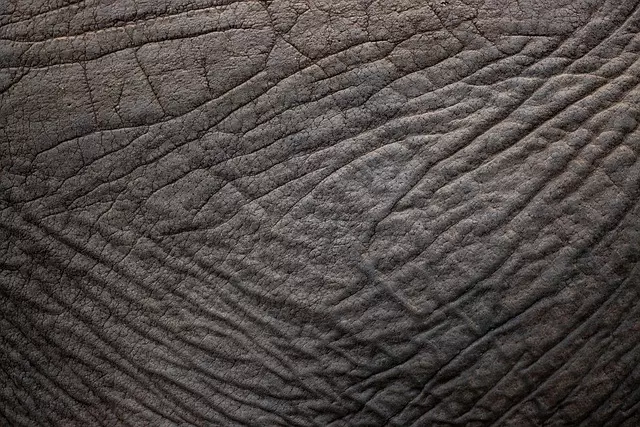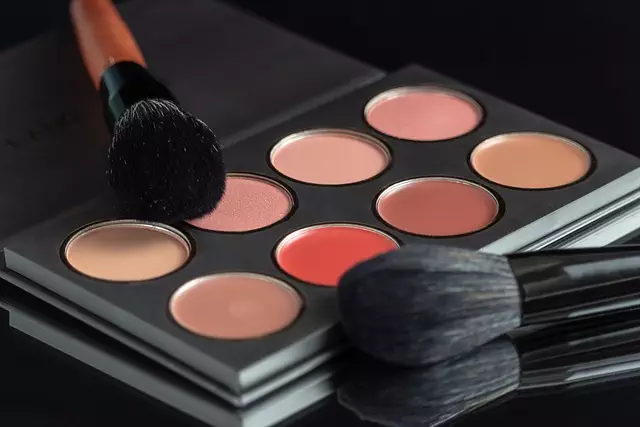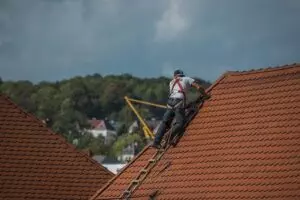RF Skin Resurfacing: A Comprehensive Guide to Wrinkle Reduction
RF Skin Resurfacing is a non-invasive aesthetic treatment that utilizes targeted heat energy (radiof…….

RF Skin Resurfacing is a non-invasive aesthetic treatment that utilizes targeted heat energy (radiofrequency) to stimulate collagen production and tighten skin, effectively reducing wrinkles and scars. This procedure leverages advanced technology to safely target specific depth layers of the dermis, making it suitable for individuals aged 40 and above with age-related skin changes. While generally safe, potential risks include temporary redness, swelling, or skin irritation, hence proper aftercare is essential. RF Skin Resurfacing offers minimal downtime and is a popular choice for achieving smoother, more youthful complexions.
“Unveil a rejuvenated complexion with RF Skin Resurfacing—a revolutionary approach to wrinkle reduction. This comprehensive guide delves into the science behind skin aging and the power of Radiofrequency (RF) technology. Discover how this non-invasive procedure can stimulate collagen production, smooth fine lines, and enhance skin texture. From understanding the mechanics of RF technology to navigating eligibility criteria, this article offers a detailed roadmap to achieving youthful-looking skin. Explore the benefits, procedure steps, potential side effects, recovery tips, and more, making informed decisions about your skin’s transformation.”
Understanding Wrinkles and Skin Aging

Wrinkles are a natural part of the aging process, as our skin undergoes various changes over time. The outer layer of the skin, known as the epidermis, plays a crucial role in protecting our bodies and giving us our unique features. However, as we age, this layer becomes thinner, and the production of collagen and elastin decreases, leading to wrinkles and fine lines. These structural proteins are essential for maintaining skin elasticity and firmness.
RF Skin Resurfacing, or radiofrequency skin tightening, is a non-invasive procedure that targets these issues head-on. By using targeted heat energy, it stimulates collagen production and tightens the skin, effectively reducing the appearance of wrinkles. Understanding the science behind skin aging is key to choosing the right treatment, ensuring folks can make informed decisions for their skincare journeys.
What is RF Skin Resurfacing?

RF Skin Resurfacing, also known as Radiofrequency (RF) skin tightening, is a non-invasive aesthetic procedure that utilizes targeted radiofrequency energy to stimulate collagen production and improve skin texture. This advanced technology delivers precise thermal energy to the dermis, the skin’s second layer, where collagen and elastin fibers play a crucial role in maintaining skin elasticity and a youthful appearance.
During the treatment, fine needles or a handheld device emit RF energy, which heats the target area, causing micro-lesions. These microscopic injuries trigger the body’s natural healing process, leading to the production of new collagen and improved skin structure. As a result, RF Skin Resurfacing can effectively reduce fine lines, wrinkles, and even scars, providing a more toned, smoothed, and rejuvenated complexion.
How Does Radiofrequency (RF) Technology Work for Skin Resurfacing?

Radiofrequency (RF) technology has emerged as a powerful tool in skin resurfacing treatments, offering effective wrinkle reduction. This non-invasive procedure utilizes focused energy to stimulate collagen production and improve skin elasticity. The RF waves penetrate the dermal layer of the skin, heating up the deeper structures while minimizing surface damage. This controlled thermal effect prompts the body’s natural healing process, resulting in a smoother, more youthful complexion.
During an RF Skin Resurfacing treatment, specialized devices emit radio waves that target specific depth layers of the dermis. This targeted approach allows for precise control over energy delivery, ensuring safety and efficacy. By heating collagen fibers, the procedure promotes collagen synthesis and reorganizes fibrous structures, effectively reducing the appearance of fine lines and wrinkles.
Benefits of RF Skin Resurfacing for Wrinkle Reduction

RF Skin Resurfacing offers a multitude of benefits for those seeking wrinkle reduction. This advanced technology uses radiofrequency energy to stimulate collagen production, one of the key components in maintaining youthful-looking skin. By heating the deeper layers of the dermis, it prompts the body to create new collagen and elastin fibers, resulting in improved skin texture and a more youthful appearance.
Beyond collagen stimulation, RF Skin Resurfacing is a non-invasive procedure that requires no recovery time. It can effectively treat fine lines, wrinkles, and even scars, providing a safer and gentler alternative to surgical procedures. The procedure is tailored to individual needs, making it suitable for various skin types and conditions, ensuring superior results without the risks associated with more invasive treatments.
The Procedure: Step-by-Step Guide to RF Skin Resurfacing

The procedure of RF (Radio Frequency) Skin Resurfacing involves a precise and advanced approach to combat wrinkles and improve skin texture. It’s a non-invasive treatment that utilizes targeted radio frequency energy to stimulate collagen production. The step-by-step process begins with a thorough cleansing of the skin to ensure optimal conditions. A small handpiece, equipped with fine needles, is then gently applied to the treatment area, delivering precise RF energy into the deeper layers of the dermis. This energy prompts the body’s natural response to heal and rebuild collagen fibers, resulting in smoother, more youthful-looking skin. As the procedure progresses, the handpiece may be moved across the skin in a systematic pattern to ensure comprehensive coverage.
Safety and Potential Side Effects

Skin resurfacing procedures, including RF (Radiofrequency) Skin Resurfacing, have gained popularity for their effectiveness in reducing wrinkles and improving skin texture. However, as with any medical treatment, there are potential risks and side effects to be aware of before proceeding. Safety is a top priority, and patients should always consult with qualified dermatologists or healthcare professionals.
Common side effects may include temporary redness, swelling, and sensitivity in the treated area. In rare cases, skin irritation, blistering, or changes in skin color might occur. These effects are usually mild and subside within a few days to weeks. It’s crucial to follow post-treatment instructions carefully, including using prescribed skincare products and avoiding strenuous activities until healing is complete. Proper aftercare can significantly minimize these potential side effects and ensure the best possible outcome.
Candidate Eligibility and Considerations

Skin resurfacing with RF (Radiofrequency) technology is a popular choice for individuals seeking wrinkle reduction and skin tightening. However, not everyone is a suitable candidate for this procedure. Potential clients should consider several factors before proceeding. Age is a significant determinant; while it can benefit people in their 30s, it’s most effective on those aged 40 and above who have begun to experience age-related skin changes. Additionally, individuals with certain medical conditions like autoimmune disorders or those taking blood thinners might not be good candidates due to potential risks.
Skin type also plays a role; those with sensitive skin may experience more discomfort post-procedure. It’s essential to discuss any concerns or underlying health issues with a dermatologist before opting for RF Skin Resurfacing. They can assess your eligibility, provide insights into the expected outcomes, and guide you on the best course of action to achieve youthful-looking skin.
Recovery, Maintenance, and Results Expectancy

After skin resurfacing treatments, such as RF (Radio Frequency) Skin Resurfacing, it’s crucial to understand that recovery is a gradual process. Patients can expect redness and mild swelling for a few days following the procedure. Itching may also occur, but this typically subsides with over-the-counter antihistamines. During this time, it’s essential to maintain good hygiene, avoid sun exposure without protection, and steer clear of makeup or skincare products that could irritate the treated area.
In terms of maintenance, consistent post-care is vital for optimal results. This includes using recommended moisturizers and following up with regular check-ins as advised by your dermatologist. Results can vary depending on various factors, including skin type, severity of wrinkles, and individual healing capabilities. While some individuals may see noticeable improvements immediately, it’s more common to observe gradual enhancements over several weeks as collagen production increases. Remember that RF Skin Resurfacing is a non-invasive procedure with minimal downtime, making it an attractive option for those seeking youthful-looking skin without extensive recovery periods.







